Long promised to be the next big thing, smart home gear hasn’t just arrived, some of it has already departed for the clearance racks and the deal-a-day websites. The problem with a lot of these products? They’re technology for the sake of gadgetry — meaning they do something kind of cool, but that’s about it. For smart home devices to be truly innovative, they must solve a problem facing consumers. One of those problems ripe for solving: Utility bills.
Here are four ways smart home devices can give you a better handle on how your home uses energy and water, saving not only money, but also precious resources.
Water cool your air conditioner
For years, businesses with massive air conditioning systems have literally been sweating their cooling efforts — by that, I mean they’ve been blasting a veil of cool water around their HVAC units to cool the air before it gets sucked into their ventilation systems. Now, with Mistbox, households can keep it cool like that, too.

The $449 solar-powered misting system automatically detects the proper conditions, and when the time is right, prompts its four spray bars (one for each side of your condenser unit) into action. Average users have reported saving 30% on their air conditioning costs each month. As if that’s not enough, the device is also eligible for a 30% federal eco-friendly tax credit, making the device really only cost $315.
Hack your breaker box
If the electrical breaker box is the brain of your home, how come we don’t know what it’s thinking? The mind-reading Neurio sensor helps remedy this long-standing discrepancy by connecting your home’s electrical system to a smartphone app that tells you exactly what appliances and devices are slurping down the most energy. A Wi-Fi-connected sensor installed within the breaker panel (with detailed instructions, though you might want an electrician for this one), the $249 home monitor claims it can reduce energy usage by up to 40% through its real-time monitoring features. It will also detect appliances over 400 watts, like washers and dryers, cataloging when they were last used and how much power they consumed.

Water your lawn wisely
As the entire West Coast is realizing this summer, water isn’t as plentiful as it used to be. Not only that, but it’s getting pretty darned expensive — and we’re not even talking about the fancy bottled stuff. Using the power of the Internet, Rachio Iro helps keep your landscaping liquid in check by managing your sprinkler’s water usage. Basing its smarts on the location of users’ property and the upcoming weather, the company has managed to save more than 126 million gallons of the wet stuff, overall, since Iro was lauched.

With an 8-zone controller for $249 or a 16-zone unit for $299, the device is nearly guaranteed to save you money, if not make your lawn care much more convenient. According to the company, the smart sprinkler controller saves most users 30% more than non-net-connected controllers, and since it’s certified by the EPA, it qualifies for rebates. But the smartest thing of all about the Iro is how it plays well with other smart home gear. For instance, the sprinkler system can be configured to turn on when Nest Protect detects a fire in the home, halting the spread of flames to neighboring properties.
Heed your hot water
Next to your home’s heating and cooling systems, hot water heaters hit your wallet hardest when it comes to energy usage. Accounting for as much as 20% of a home’s energy bill, these tanks can be very inefficient if not monitored — and few are. Rheem’s EcoNet line of products add smart home intelligence to water and home heating systems, giving homeowners the ability to manage their tanks beyond just turning a dial.

With a Wi-Fi-connected sensor, the water heater can send out alerts to your smartphone or tablet when it detects a leak. It also lets users tweak heating temperatures to optimize cost versus need. Compatible with smart home platform Wink, the system is easy to use and can pop up alongside an array of connected devices like light switches and your thermostat, making EcoNet products easy to manage on the fly. That’s especially great for business travelers and people who own vacation homes.
Top 10 Tech Product Designs of 2014
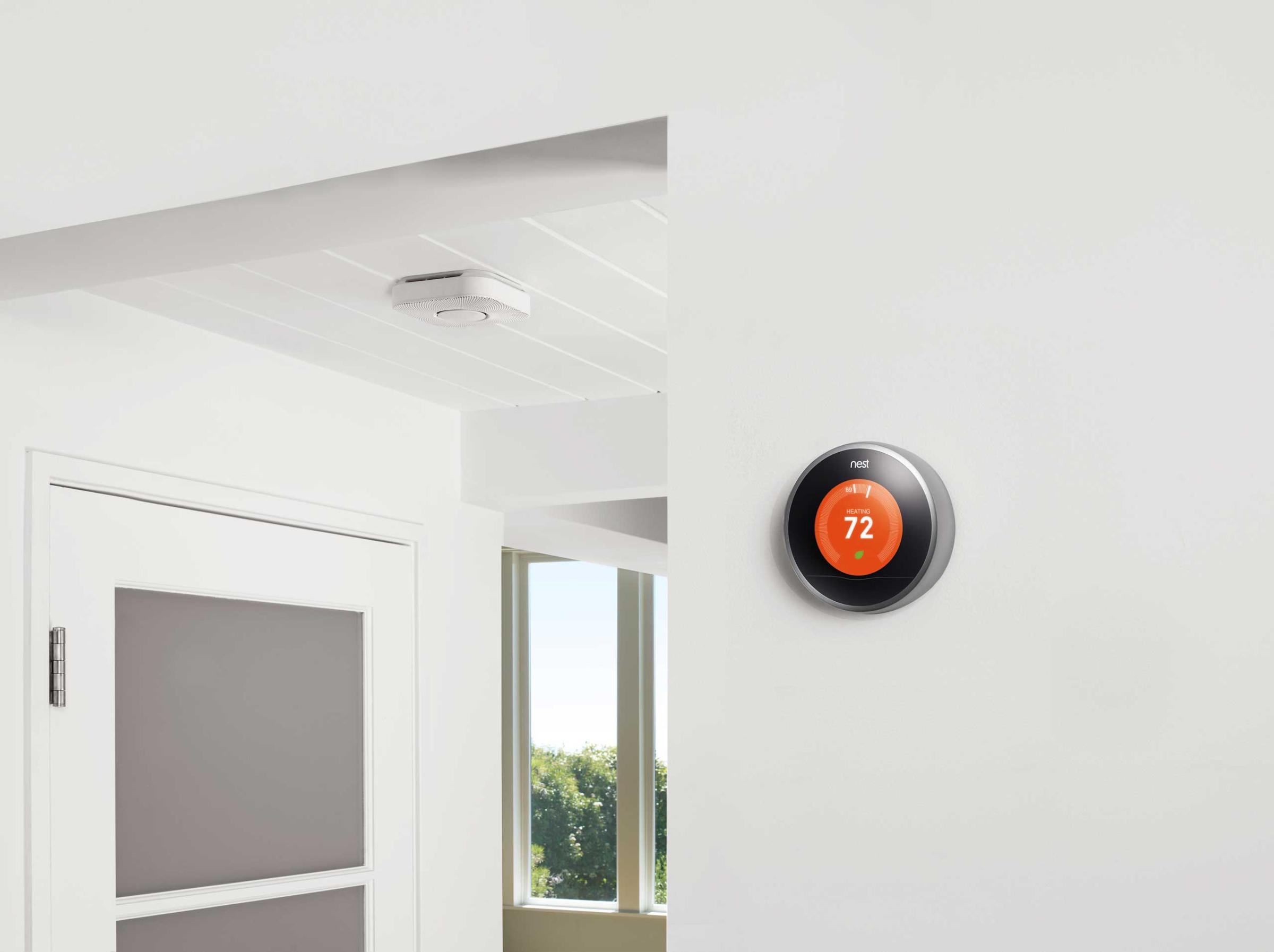
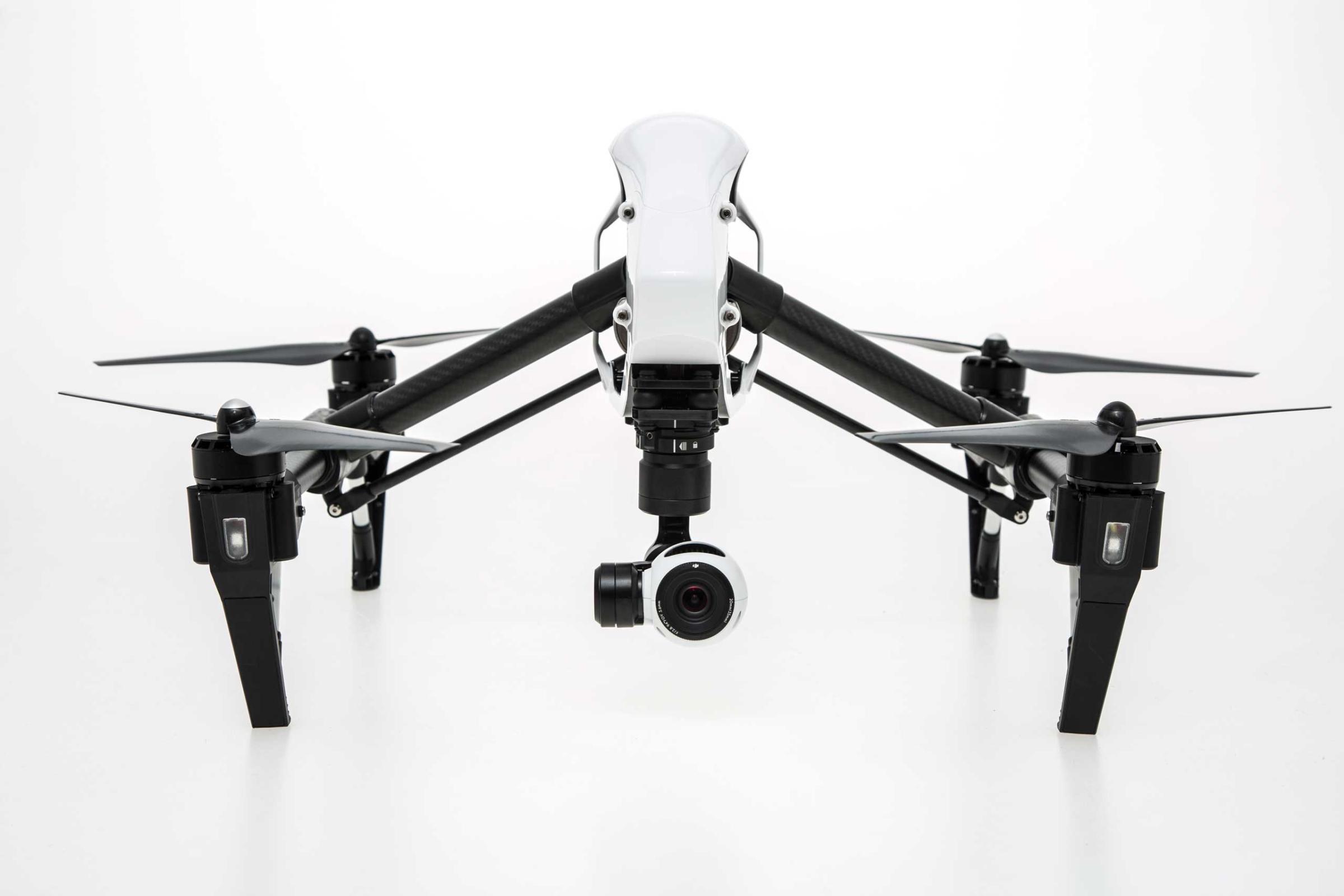

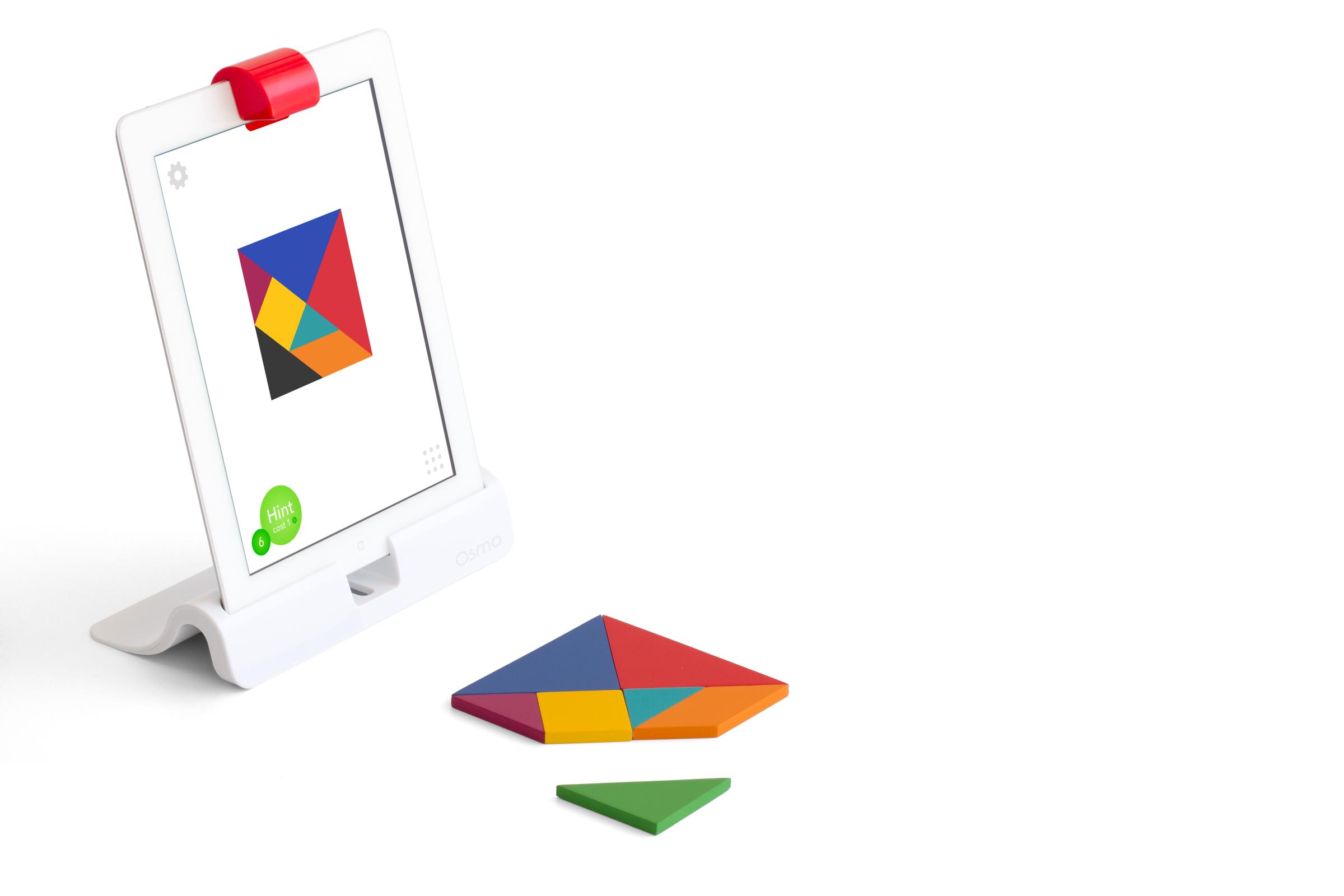
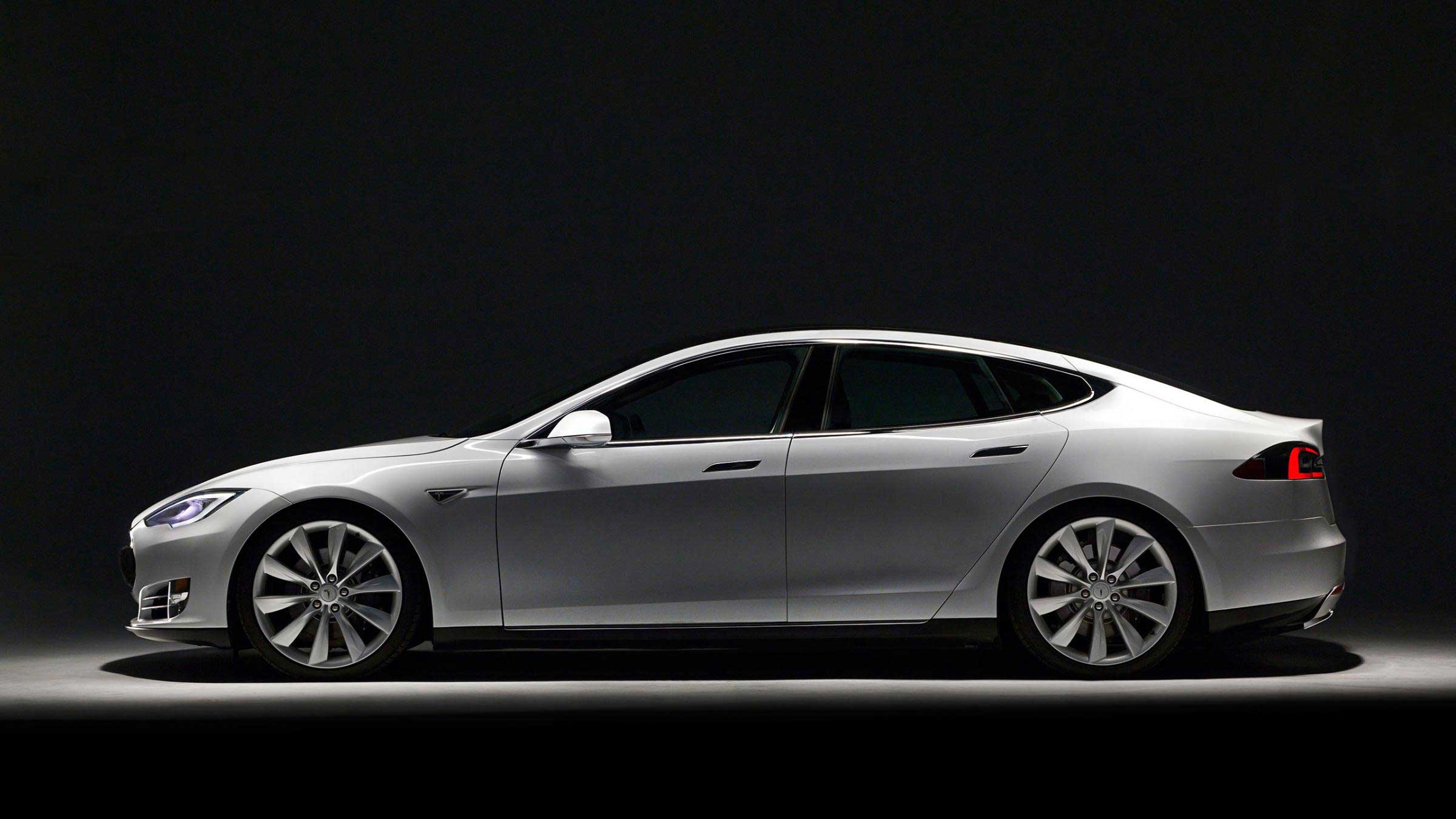

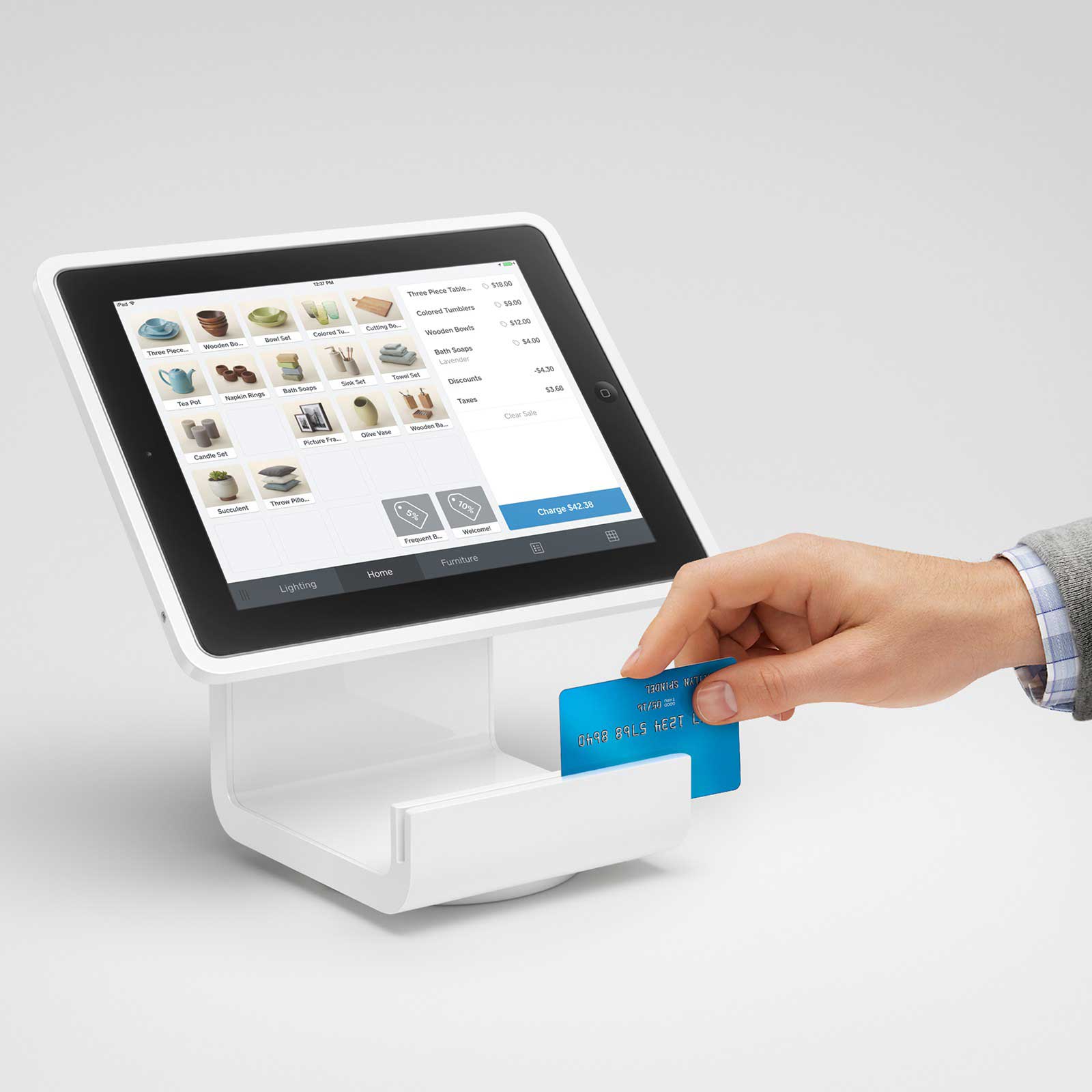
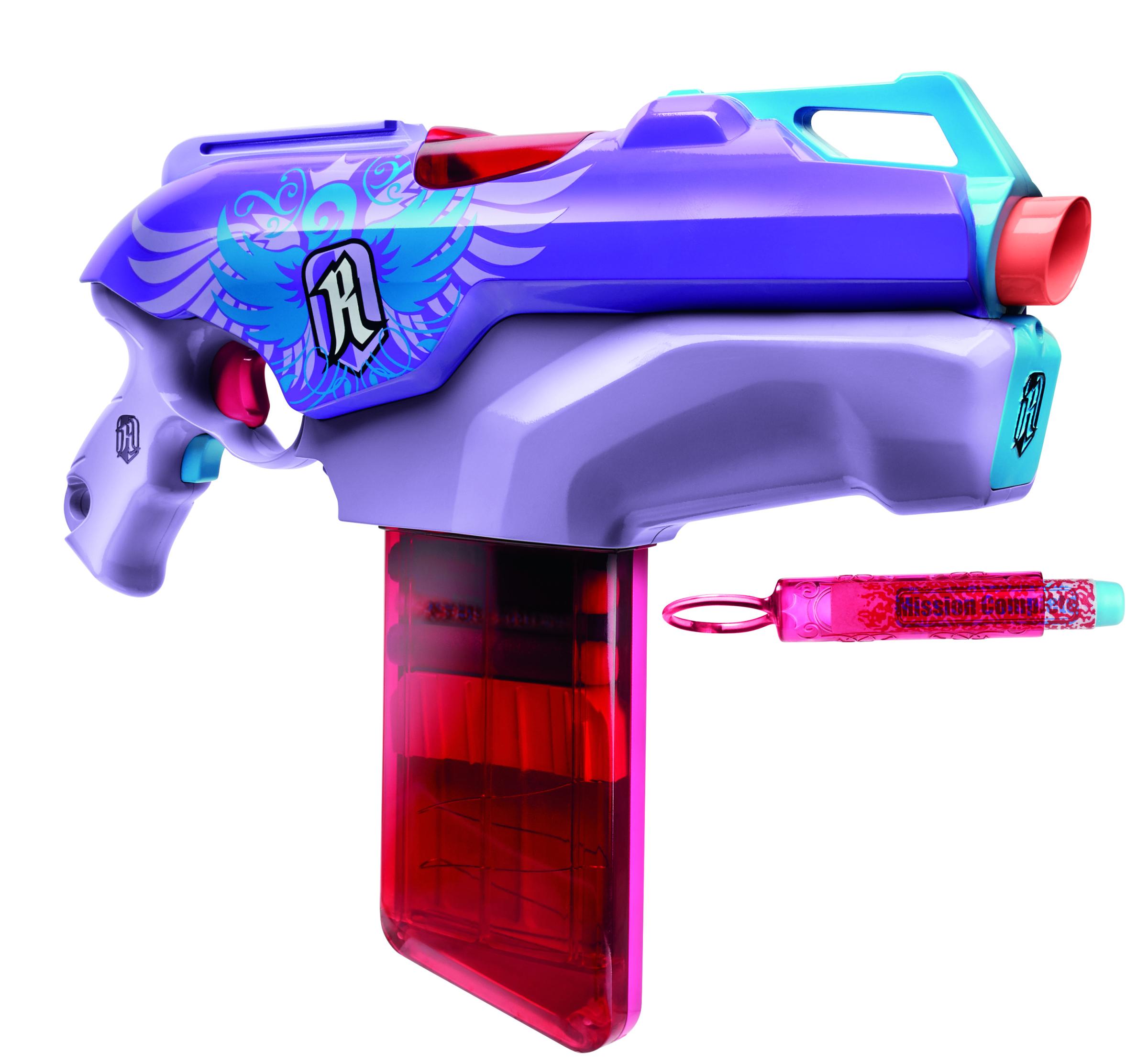
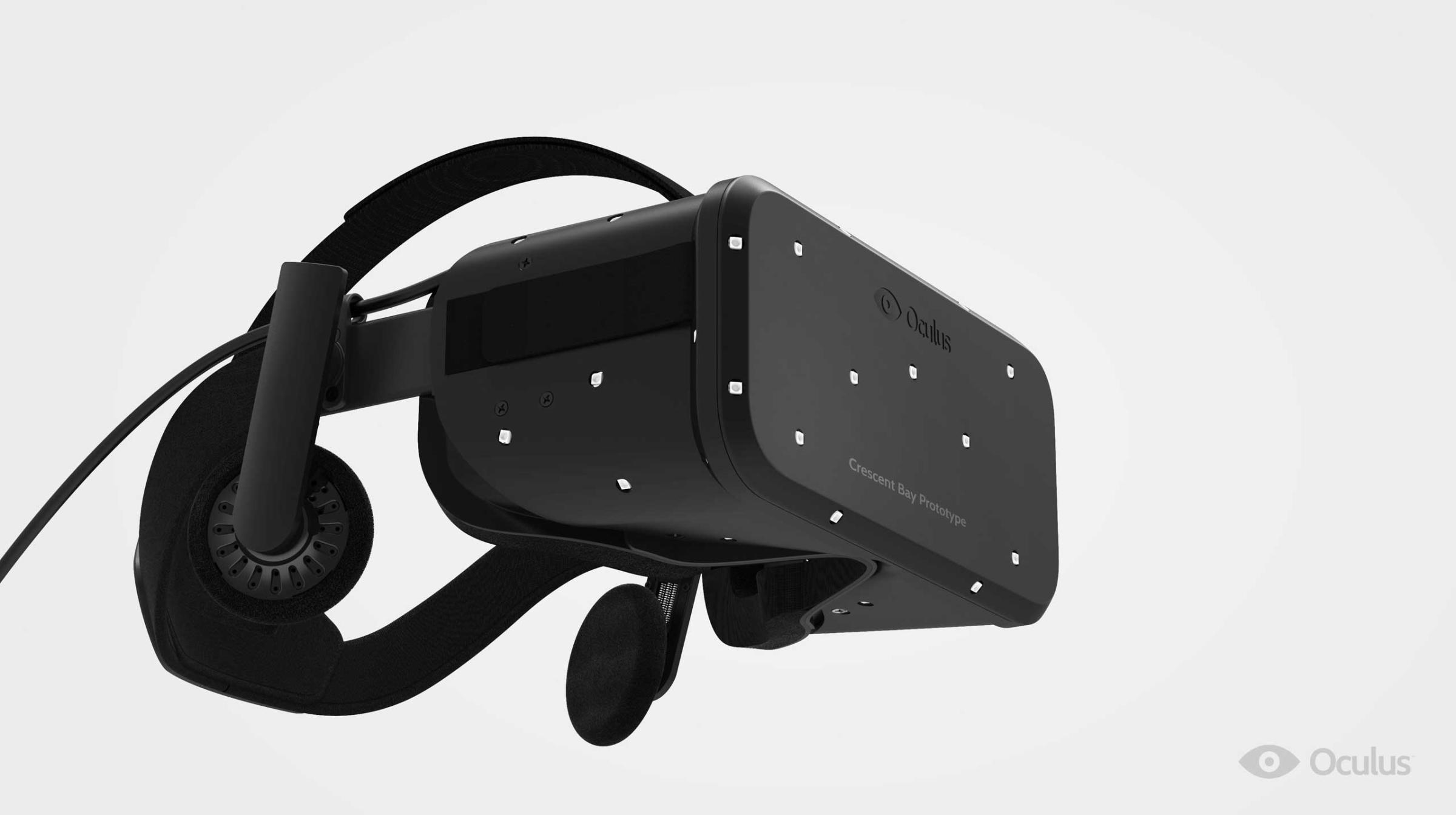

More Must-Reads from TIME
- Donald Trump Is TIME's 2024 Person of the Year
- Why We Chose Trump as Person of the Year
- Is Intermittent Fasting Good or Bad for You?
- The 100 Must-Read Books of 2024
- The 20 Best Christmas TV Episodes
- Column: If Optimism Feels Ridiculous Now, Try Hope
- The Future of Climate Action Is Trade Policy
- Merle Bombardieri Is Helping People Make the Baby Decision
Contact us at letters@time.com